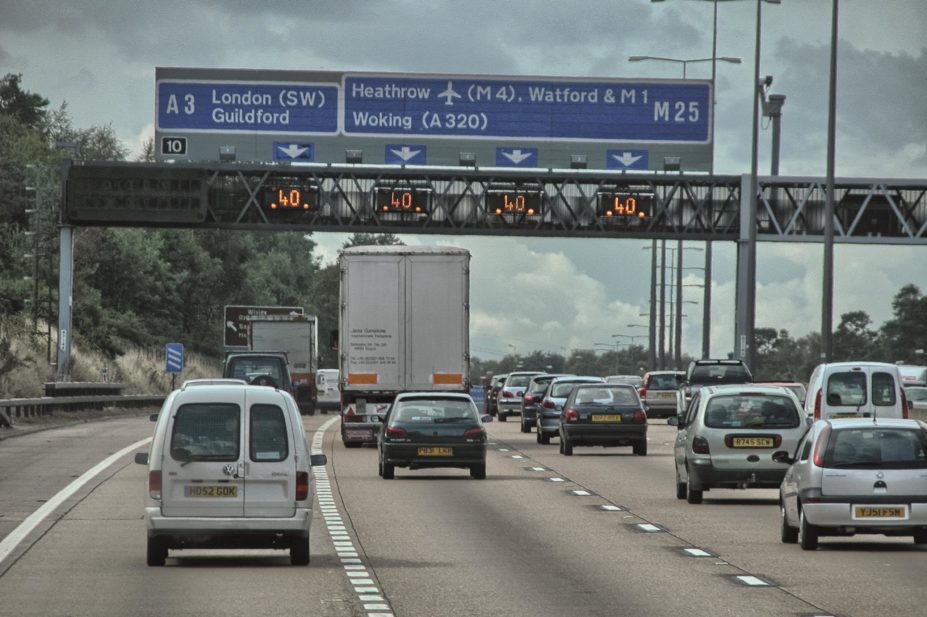
CristinaMuraca / Shutterstock.com
A quick reference guide to help pharmacists advise patients about new drug driving rules has been published by the Royal Pharmaceutical Society (RPS).
Legislation that makes it an offence to drive with high blood levels of certain drugs will come into force on 2 March 2015 in England and Wales.
Existing legislation prohibits driving while impaired due to legal or illegal drugs, meaning patients can be prosecuted for driving when taking certain medicines as prescribed if their driving is impaired.
From March, there will be an additional offence of driving under the influence of specified levels of 16 drugs, eight of which are for medicinal purposes. These specified limits allow for normal recommended doses.
However, the new law also provides a statutory ‘medical defence’ for patients who take their medicines as instructed by a health professional, such as a pharmacist, or product information – providing this does not impair their driving.
The RPS resource explains the changes to the law, lists the 16 drugs specified and provides a flowchart to summarise how the new drug driving rules work alongside the existing law.
It explains that pharmacists’ advice on how to take certain drugs can be used as the basis for the patient’s ‘medical defence’, and sets out advice for patients about how their treatment could affect their ability to drive.

